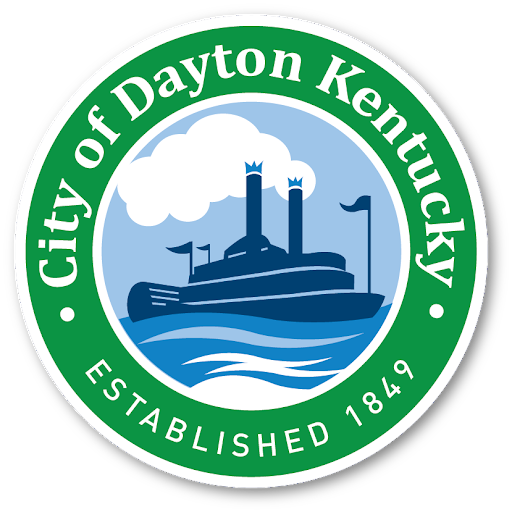
DAYTON, Ky. – The City of Dayton City Council conducted a first reading of an ordinance Tuesday night reducing the city’s property tax rate by 15% – the biggest drop in the city’s tax rate in more than 25 years.
The ordinance will reduce the property tax it charges from last year’s tax rate of $0.476 to $0.399 per $100 of property valuation. That means the tax bill on a $100,000 house in Dayton will be reduced by $77 a year — from $476 to $399. It’s the first time the city’s tax rate has gone below 40 cents per $100 of property valuation since 2009. City Council will hold a second and final vote on the tax-rate ordinance at its September meeting.
“We are seeing a 15-percent drop in our city’s property tax rate this year because we had a 30 percent increase in the total assessed value of real estate in the city over the previous year,” Mayor Ben Baker said.
“This remarkable tax rate reduction is the result of three things occurring simultaneously in the City of Dayton,” Mayor Baker said. “One is the amount of new development occurring in the city over the past couple of years; a second factor is the number of existing properties purchased, rehabbed, and resold at substantially higher prices than they were previously assessed at; and the thirdly, it is the reassessment of real estate in the city last year by the Campbell County Property Valuation Assessment Office.”
Under Kentucky law, cities must apply a “compensating tax rate,” which means that the city can only bring in the same amount of tax money on real property as it did the previous year, plus the four percent increase to cover increased costs caused by inflation.
Compensating rate calculations do not include valuations of new properties during the first year they are added to tax rolls, but these properties are counted in the PVA assesment in subsequent years. Because of this statutory requirement, the city must reduce it tax rate by 15 percent to match last year’s compensating tax rate.
Mayor Baker estimated that about one-half of the increased assessed property values in the city are because of new construction and rehabbed properties while the other one-half can be attributed to the PVA’s assessment of real estate in the city.
Mayor Baker said the city’s conservative fiscal approach, prudent spending efforts, and increased efforts to collect occupational license fees, past due taxes, and civil fines have allowed it to balance its budget without increasing property taxes. Currently, the City of Dayton has no long-term debt and its operating revenues have increased by 67 percent over the past four years.
“We’ve been able to maintain and improve the quality of life in our community by reducing property taxes, increasing code enforcement activities, and finding creative ways to fund important infrastructure projects in our city,” he said.
Incorporated in 1867, the City of Dayton has seen tremendous commercial and residential growth in recent years. This includes the rehabilitation of numerous historic homes and new in-fill residential housing as well as the development of several large residential developments along the Ohio River, including Manhattan on the River Apartments, Velo Apartments, Gateway Flats Apartments, and several new multi-family and single-family residences constructed on Manhattan Boulevard.
In addition, the historic, but long vacant, Burton Building in downtown Dayton was recently rehabbed into 10 loft apartments with a large commercial space on the first floor that will soon house the Wayfarer Pizza restaurant, which is expected to open this fall. In addition, Redknot Homes continues to develop single-family residences at 10th and O’Fallon Avenues in the southern part of the City with amazing views of the Cincinnati skyline.



